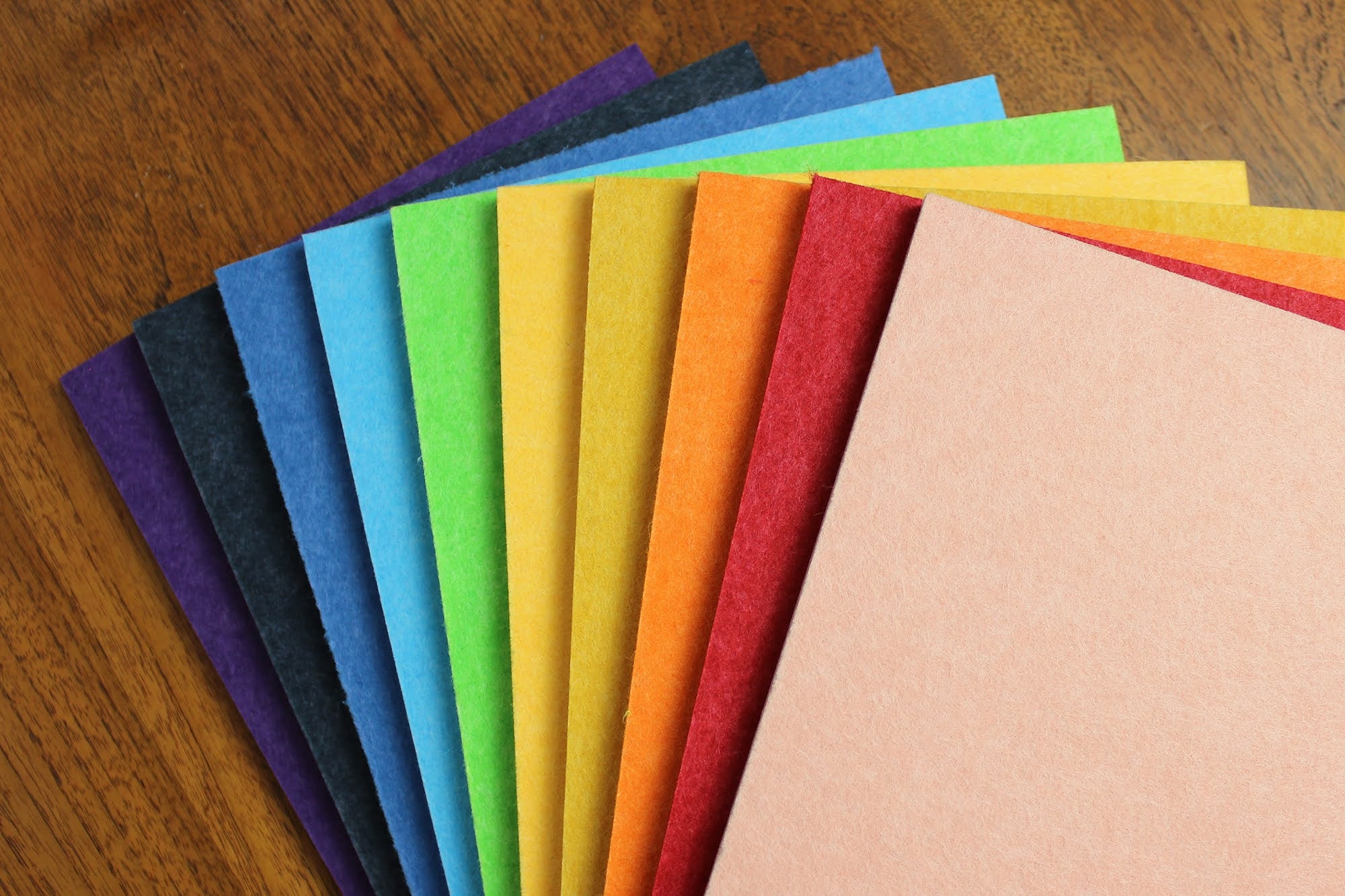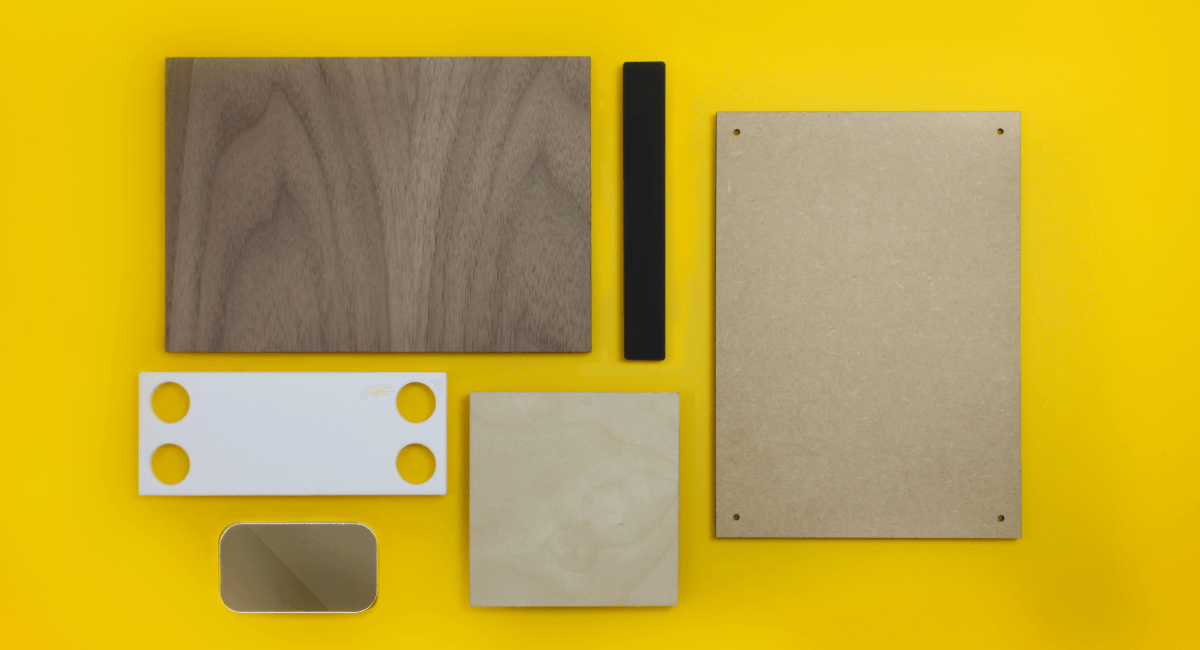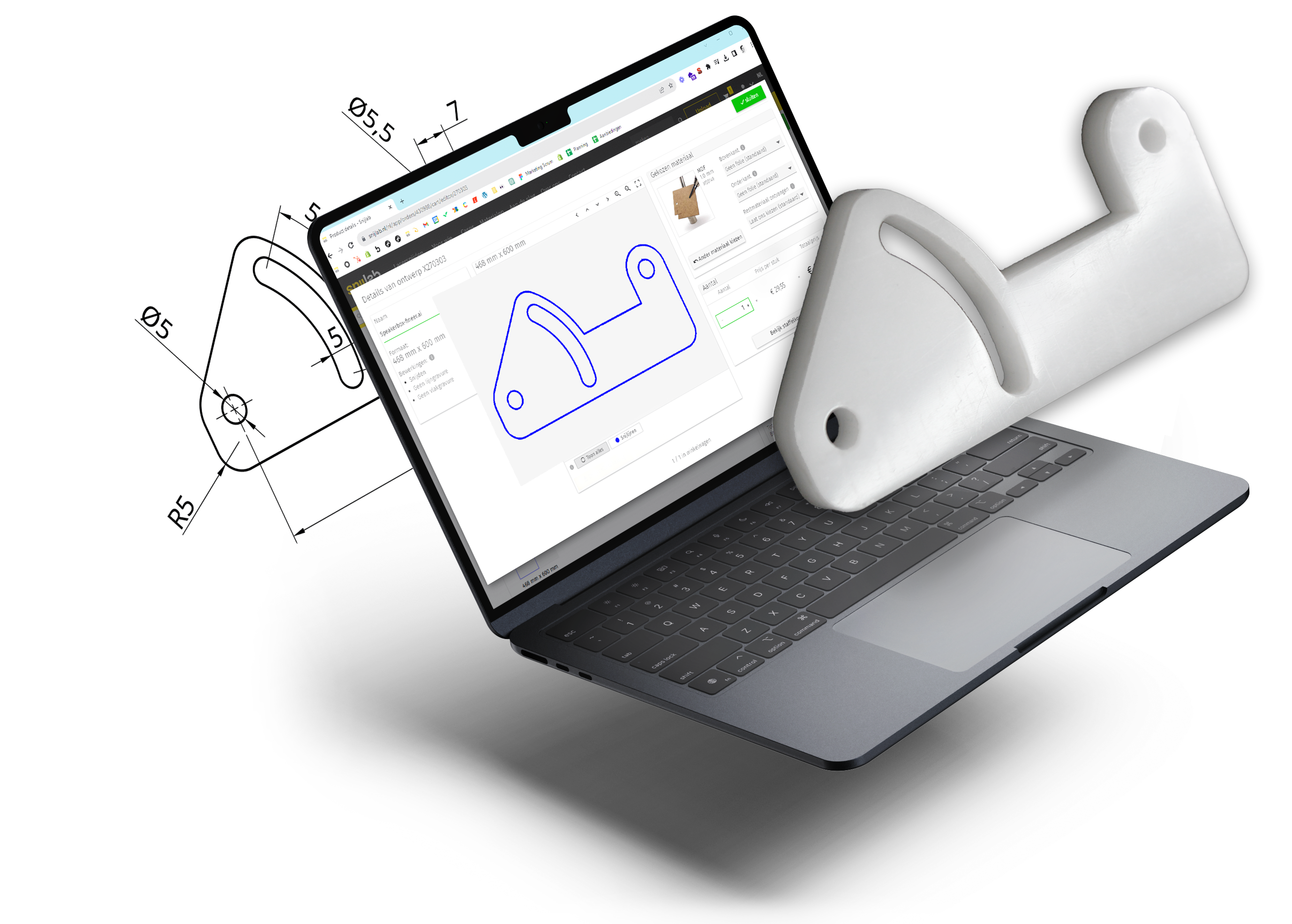In addition to cutting objects, it's also possible to engrave lines or surfaces. This technique is often used for indicating part numbers, illustrations, texts, maps, or textures in models. By filling the engraving with ink, you can create greater contrast or simply color all the lines. This tutorial will explain the filling process step by step.

Getting Started
There are two different types of engravings: line engravings and area engravings. Both can be filled using this technique. Examples and a detailed explanation of engraving can be found here.
To create an engraving, ensure that the laser drawing is properly prepared. Line engravings are simply indicated in the drawing as lines with the correct color and layer. Refer to our drawing guidelines for conventions.
Texts in most drawing programs are special objects and must first be converted to lines via 'create outlines' or 'explode'. Additionally, there are various 'single line fonts' like 'Machine Tool Gothic' specifically intended for line engravings.
A few points to pay extra attention to when creating a drawing with engravings:
- Stroke: Use thin lines (0.2 mm or hairline).
- No fills: Remove area fills and hatches.
- Area engravings: Draw the outline of the area you want to engrave. Ensure the outline lines are closed.
- Explode text: Create outlines of texts (command 'explode' in CAD programs and 'create outlines' in Illustrator).
- The color of the objects themselves (Illustrator) and the layer name they are in (Rhino, AutoCAD, etc.) determine the final processing.
Materials Needed for Coloring Acrylic
- Acrylic with engraving
- Edding 750 paint marker
- Acetone
- Microfiber cloth
Materials Needed for Coloring Solid Surface
- Solid surface with engraving
- Edding 750 paint marker
- Sandpaper grit 400
- Sanding machine or sanding block
Material Types
The material you choose greatly determines the final product's appearance. Plastics are most suitable for filling with paint markers. The best results are achieved with acrylic or solid surface. For this tutorial, the following materials were used:
- Black acrylic
- White acrylic
- White solid surface
- Translucent matte colorless acrylic
- Transparent colorless acrylic

Filling Process
After receiving your cut work, most plastics still have protective foil. Remove this before starting. Ensure the engraving is dust-free by wiping the surface with a microfiber cloth.
Completely fill the engraving with the paint marker, making sure it reaches the bottom of the lines. Don't worry about coloring outside the lines; any excess will be removed later.
Let the paint marker dry for at least 10 minutes when using acrylic. For solid surface, let it dry for at least 30 minutes.

Cleaning Acrylic
Moisten a part of the microfiber cloth with acetone. Wipe over the acrylic surface to remove the excess paint marker. If a slight colored haze remains on the acrylic, repeat the process with a clean part of the cloth also moistened with acetone. If the engraving isn't sufficiently filled, you can refill it with the paint marker and clean with acetone after ten minutes. It's better to apply multiple thin layers than one very thick layer.
Note: matte black acrylic cannot be cleaned with acetone! Using matte black acrylic for filling engravings is not recommended.

Cleaning solid surface
Ensure the paint marker on the solid surface is completely dry. If not, the dust from sanding will stick. Evenly sand the entire surface with the engraving. Be careful to sand flat and not too deep to avoid sanding away the engraving in certain areas. This can be done mechanically, but hand sanding also works well. Remove the sanding dust by blowing the surface clean with compressed air. If compressed air isn't available, you can also wipe it clean with a clean microfiber cloth.

Final result
The engraving filling is now complete. The Edding 750 paint marker is water-resistant and doesn't require further finishing. Besides white, black, and red, many other paint marker colors are available.

















































